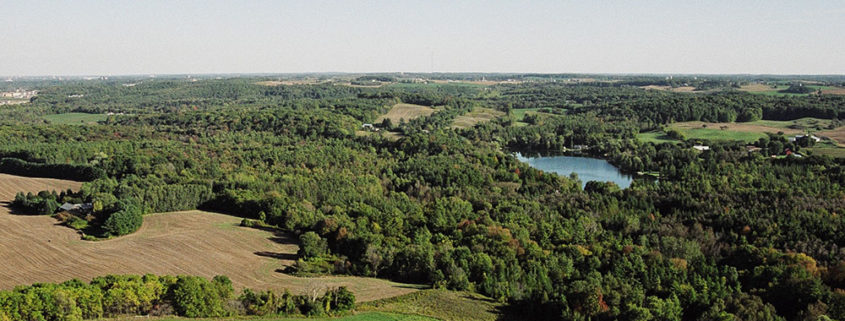Sunfish Lake Water Update
one of several teams of researchers we currently have here at Sunfish Lake has just released an excellent video of the work that they have been doing with drones (and in the future satellites) at our lake. Check out Dr. Claude Duguay’s video here.
Some of our water researchers have also created an online website working with a National Geographic portal to profile their work at Sunfish Lake. They are the group that has set-up the ice camera’s around the lake. Interestingly they are finding patterns similar to Lake Baikal in Russia – one of the deepest lakes in the world. They can’t explain it but hope to keep researching more in the months ahead. You can learn more and see some of the highlights of their work here.
We are extremely fortunate to have these experts and many others helping us to better understand our lake and its surrounding ecosystem. Thanks again to Jill Crumb from Treefrong Environmental for all the help with our water safety monitoring for cyanobacteria, our tribuatary research team from the University of Waterloo lead by Patricia Hyunh, along with Bev Raimbault, Anne Grant and all the University of Waterloo Laboratories volunteers for the analysis of hundreds of samples throughout the year.
Thankfully our lake remained safe for swimming and use most of 2018 though we did experience a cyanobacteria outbreak confoundingly in November well past any anticipated or expected timing. The mysteries of Sunfish Lake are baffling our researchers (and drawing increasing interest as a result) however, it is clear that we still have a serious issue with an overabundance of nutrients such as phosphorus and nitrogen getting into the lake that is setting the stage for serious future problems.
Not only will we need to closely monitor the safety of the lake (as other Canadian lakes with cyanobacteria issues saw dog and cattle deaths this past year) we need to find ways to significantly decrease the nutrient loading of the lake and remove existing nutrients being found in concerning levels to reduce the potential for future issues.
Thanks again to Nancy, Rob, Bob, Sue, Jessica, Deb and everyone who volunteered extensively with our water research efforts.




